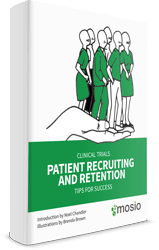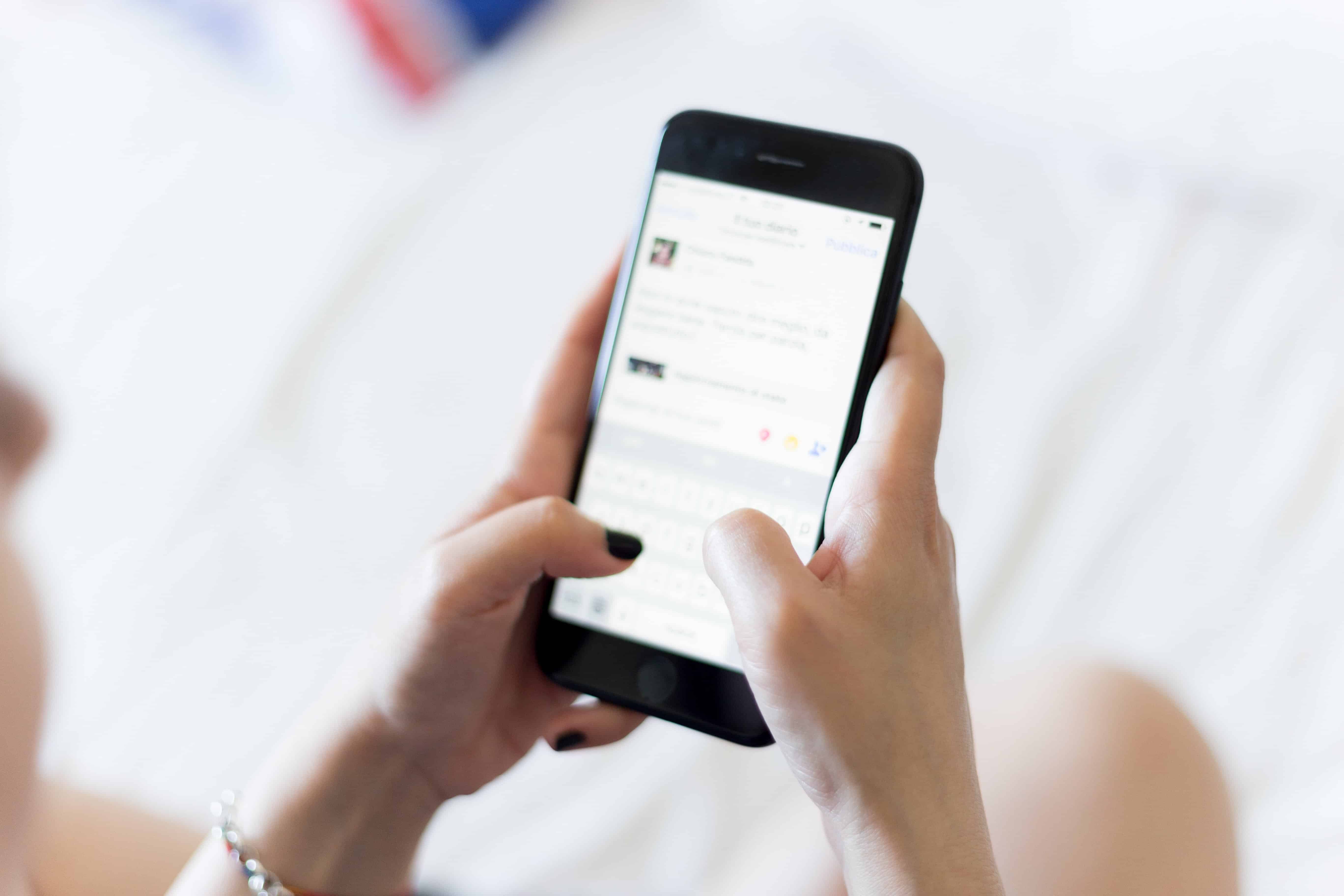Recruitment: the perpetually challenging aspect of clinical trials.
As one of the most important parts of running a clinical trial (no patients, no trial, right?), recruitment is a large focus for those involved in clinical research. However, even with numerous proposed patient recruitment strategies for effective recruitment, it seems as though it is still a major challenge that cannot be overcome.
What is the major problem with patient recruitment strategies?
It takes time. A lot of time. A patient population for a study has to be created, contacted, and convinced that the clinical trial is worthwhile. While some sites have a database listing past trial patients, sometimes it is not large enough to create a significant patient population for a new study. Then, call centers are used, referrals occur, and advertising takes place, adding more time to the recruitment process.
What is wrong with recruitment taking a lot of time?
There is nothing innately wrong with recruitment taking time. In any scenario, it is a lengthy process. However, to meet screening and randomization deadlines, a quicker recruitment period is helpful.
Additionally, as reported by Nariman A. Nasser, Director of the UCSF Participant Recruitment Service, almost 2/3 of potential patients are lost to follow-up because they do not hear back about their study eligibility quickly enough. This can happen when sites focus on making all of the recruitment calls first before making any follow-up calls, when pre-screening or screening appointments aren’t scheduled in a timely fashion, or when there are not enough staff at a site to effectively recruit while performing other job responsibilities.
What is the solution?
The solution lies in the back pocket of future patients: the mobile phone. Text messaging has proven itself as an effective means of communication across age groups, genders, ethnicities, locations, religions, and more. It works for everyone.
Whether or not these future patients have smart phones, text messaging is a possible means of communication. Furthermore, Nasser also reports that 5.5 billion people worldwide are mobile subscribers; in the U.S., this is 91% of the population. Read: 91% of the population can be reached via text message for clinical trial recruitment!
Text messaging is fast – and significantly faster than the traditional recruitment phone call. Texting makes it possible to reach a larger number of potential patients by text and perform immediate follow-up with less staff. Screening visits can be scheduled and eligibility questions can be answered via text. Really, text messaging can aid in all aspects of recruitment! If you are looking for a recruitment strategy that has proven positive results, consider texting; you never know who you might be able to reach.
Interested in seeing how text messaging would affect your recruiting strategy? Visit http://www.mosio.com/research for more information and a free consultation/quote.
Author: Emily Waller holds an Honors B.S. in Biomedical Engineering, has worked on numerous clinical trials, and as a medical & technical writer. She writes to promote innovative ideas in healthcare, technology, and research within the online community. She also loves photography, neuroscience, and household DIY projects.
——
Have you downloaded our free Patient Recruiting and Retention Tips eBook?
Featuring over 65 tips from clinical research experts in recruiting and retaining study participants. Download Here
—
Want to learn more? Join the Patient Recruitment and Retention (PR+R) Group on LinkedIn!
Get a quote for Mosio’s patient engagement solutions.










